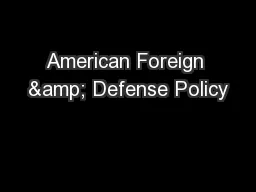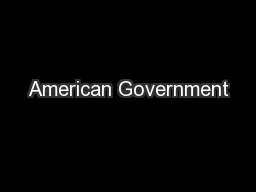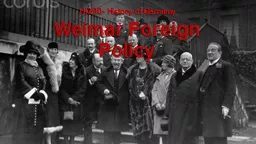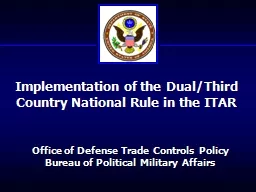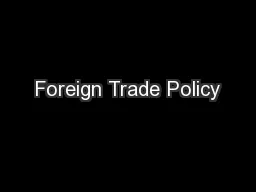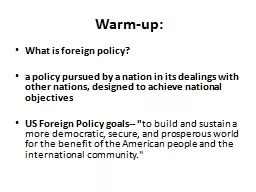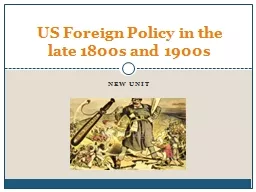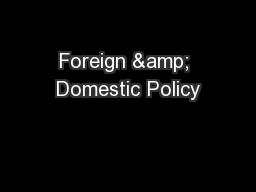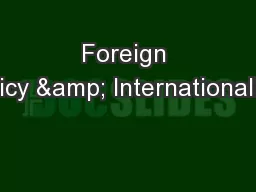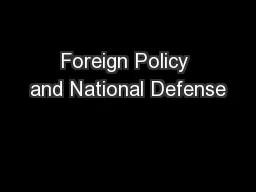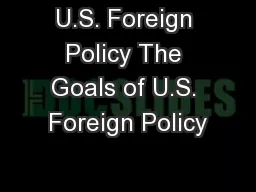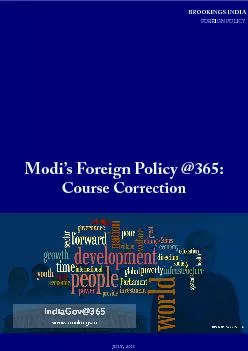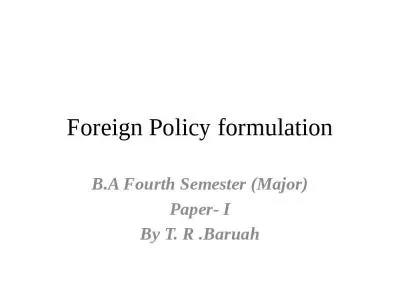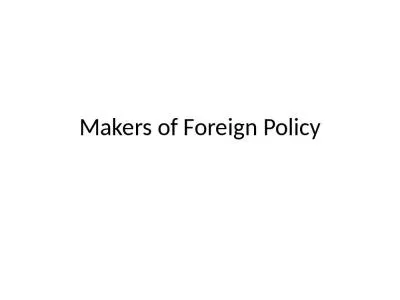PPT-American Foreign & Defense Policy
Author : alexa-scheidler | Published Date : 2016-05-08
Early Thoughts Sam Adams Even when there is a necessity of military powera wise and prudent people will always have a watchful eye over it Early Thoughts Elbridge
Presentation Embed Code
Download Presentation
Download Presentation The PPT/PDF document "American Foreign & Defense Policy" is the property of its rightful owner. Permission is granted to download and print the materials on this website for personal, non-commercial use only, and to display it on your personal computer provided you do not modify the materials and that you retain all copyright notices contained in the materials. By downloading content from our website, you accept the terms of this agreement.
American Foreign & Defense Policy: Transcript
Download Rules Of Document
"American Foreign & Defense Policy"The content belongs to its owner. You may download and print it for personal use, without modification, and keep all copyright notices. By downloading, you agree to these terms.
Related Documents

